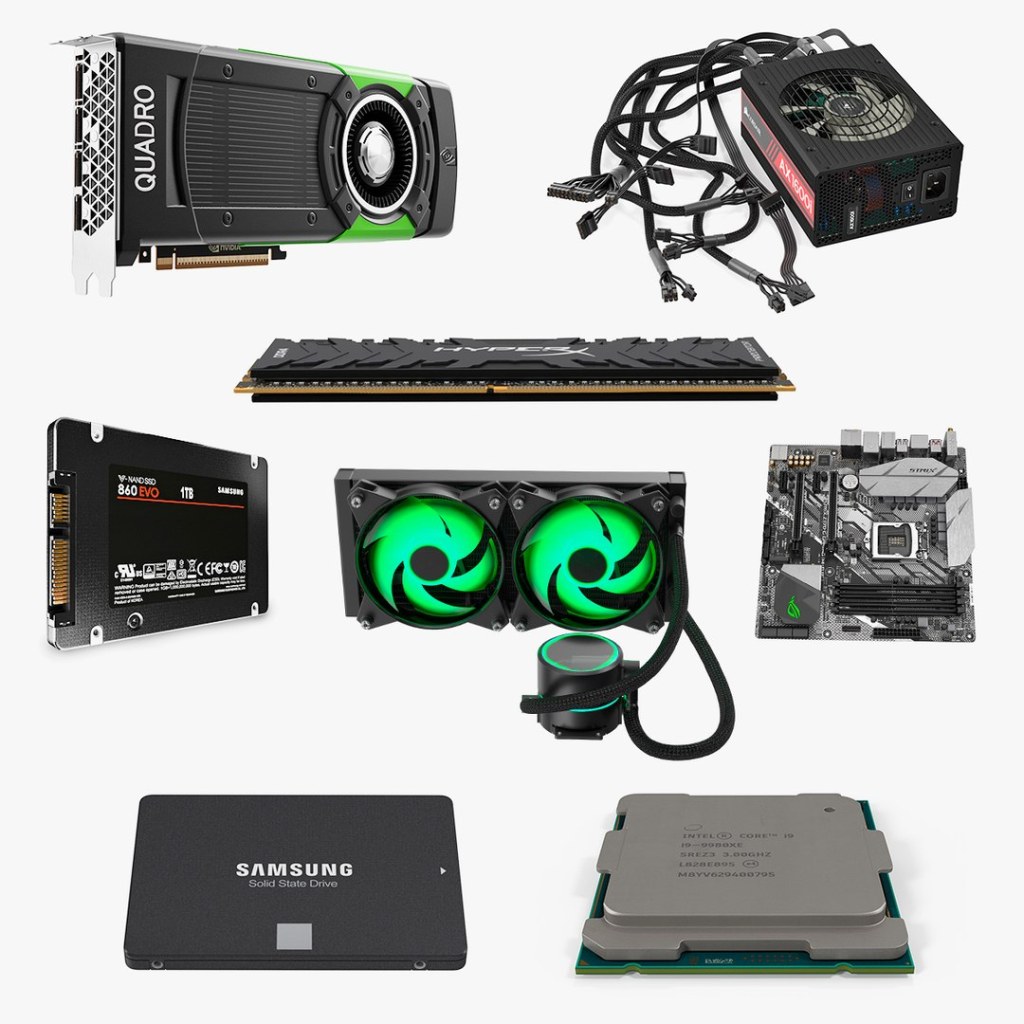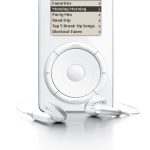Revolutionize Your Tech Experience With Stunning Computer Hardware 3D Models – Click Here For An Immersive Visual Journey!
Computer Hardware 3D Model
Introduction
Hello Readers,
1 Picture Gallery: Revolutionize Your Tech Experience With Stunning Computer Hardware 3D Models – Click Here For An Immersive Visual Journey!

Welcome to the world of computer hardware 3D models. In this article, we will explore the fascinating realm of computer hardware 3D models, their importance, and how they have revolutionized various industries. Whether you are a technology enthusiast, a professional in the field, or simply curious about the latest advancements, this article aims to provide you with valuable insights and information.
Let’s dive right in!
Table of Contents

Image Source: turbosquid.com
1. What is a computer hardware 3D model?
2. Who uses computer hardware 3D models?
3. When did computer hardware 3D models become popular?
4. Where are computer hardware 3D models used?
5. Why are computer hardware 3D models important?
6. How are computer hardware 3D models created?
7. Advantages and disadvantages of computer hardware 3D models
8. Frequently Asked Questions (FAQ)
9. Conclusion
10. Final Remarks
What is a computer hardware 3D model?
A computer hardware 3D model is a virtual representation of physical computer components, such as processors, motherboards, graphics cards, and more. It is created using specialized software that allows designers to digitally create, manipulate, and simulate these components in a three-dimensional space.
These models serve as an essential tool for various purposes, including product design, prototyping, visualizations, and simulations. They enable engineers, architects, and manufacturers to visualize and test their designs before physically producing them, saving time, resources, and costs in the process.
How are computer hardware 3D models created?
Computer hardware 3D models are created using computer-aided design (CAD) software. Designers start by creating a digital representation of each individual component, accurately capturing its dimensions, shapes, and features.
Next, they use various modeling techniques to add details, textures, and materials to the 3D models. This process involves applying realistic textures and materials to mimic the physical properties of the actual components.
Once the 3D models are complete, they can be further enhanced with lighting, animations, and simulations to create realistic visualizations or even interactive experiences.
Who uses computer hardware 3D models?
Computer hardware 3D models are utilized by a wide range of professionals and industries. Some of the key users include:
– Engineers and product designers: They use 3D models to visualize and analyze their designs, identify potential issues, and improve the overall product performance.
– Architects and interior designers: They utilize 3D models to create realistic renderings of buildings, rooms, and spaces, allowing clients to have a better understanding of the final outcome.
– Manufacturers: They rely on 3D models for prototyping, testing, and quality control purposes, ensuring that the produced components meet the required specifications.
– Researchers and educators: They leverage 3D models to demonstrate complex concepts, conduct simulations, and enhance learning experiences.
– Gamers and visual artists: They employ 3D models to create immersive virtual worlds, characters, and objects for video games, movies, and animations.
When did computer hardware 3D models become popular?
The use of computer hardware 3D models gained significant popularity in the late 20th century with the advancements in CAD software and computer graphics technology. As computers became more powerful and affordable, the demand for realistic and accurate 3D representations of hardware components grew rapidly.
Today, computer hardware 3D models are an integral part of many industries, driving innovation, efficiency, and creativity.
Where are computer hardware 3D models used?
Computer hardware 3D models find applications in various industries, including:
– Electronics and technology: Companies use 3D models to design, test, and manufacture computer hardware components.
– Architecture and construction: Architects and engineers utilize 3D models for visualizing and planning building structures and systems.
– Manufacturing and prototyping: 3D models enable manufacturers to create prototypes and test the functionality and performance of their products.
– Healthcare and medical research: Medical professionals and researchers employ 3D models for surgical planning, anatomical studies, and medical device development.
– Education and training: 3D models enhance the learning experience by providing interactive visualizations and simulations.
Why are computer hardware 3D models important?
Computer hardware 3D models offer numerous benefits and play a crucial role in various industries:
1. Visualization and Communication: They provide a realistic visual representation of complex hardware components, making it easier for designers, engineers, and clients to understand and communicate ideas.
2. Prototyping and Testing: 3D models allow for rapid prototyping and testing, reducing the time and cost associated with physical prototypes.
3. Error Detection and Optimization: By analyzing and simulating 3D models, engineers can identify potential design flaws, optimize performance, and improve efficiency.
4. Cost and Resource Efficiency: The use of 3D models eliminates the need for physical mock-ups, saving materials, and resources. It also minimizes errors and rework, reducing overall costs.
5. Innovation and Creativity: 3D models inspire innovation and creativity by providing designers and engineers with the freedom to experiment and explore new possibilities.
Advantages and Disadvantages of computer hardware 3D models
Advantages:
Improved visualization and communication of designs
Enhanced product development and testing
Reduction in time and cost for prototyping
Identification of design flaws and optimization
Increased innovation and creativity
Disadvantages:
Initial investment in software and training
Complexity and learning curve of 3D modeling software
Hardware and system requirements for rendering high-quality models
Limitations in accurately representing physical properties
Intellectual property and copyright concerns with sharing models
Frequently Asked Questions (FAQ)
1. Is it necessary to have extensive technical knowledge to create computer hardware 3D models?
No, while having technical knowledge can be beneficial, there are user-friendly CAD software available that cater to beginners as well.
2. Can computer hardware 3D models be used for 3D printing?
Yes, 3D models can be exported to compatible formats and used for 3D printing purposes. This enables the creation of physical prototypes or parts.
3. Are there any free CAD software available for creating computer hardware 3D models?
Yes, there are several free CAD software options available, such as Blender, FreeCAD, and SketchUp. However, they may have certain limitations compared to paid software.
4. How accurate are computer hardware 3D models compared to their physical counterparts?
Computer hardware 3D models can be extremely accurate, allowing for precise measurements and simulations. However, the level of accuracy depends on the software, hardware, and the expertise of the designer.
5. Can computer hardware 3D models be animated?
Yes, computer hardware 3D models can be animated to showcase movements, assembly processes, or demonstrate functionality.
Conclusion
In conclusion, computer hardware 3D models have revolutionized various industries by providing a powerful tool for design, prototyping, and visualization. They enable engineers, architects, and manufacturers to bring their ideas to life, optimize performance, and reduce costs. With continuous advancements in technology, computer hardware 3D models will continue to play a vital role in shaping the future of innovation and creativity.
Final Remarks
Dear Readers,
Thank you for joining us on this exploration of computer hardware 3D models. We hope you found this article informative and engaging. Whether you are a professional in the field or simply curious about the possibilities, we encourage you to explore the world of computer hardware 3D models further. Feel free to share your thoughts, experiences, or any questions you may have. Stay tuned for more exciting articles!
This post topic: Electronics


